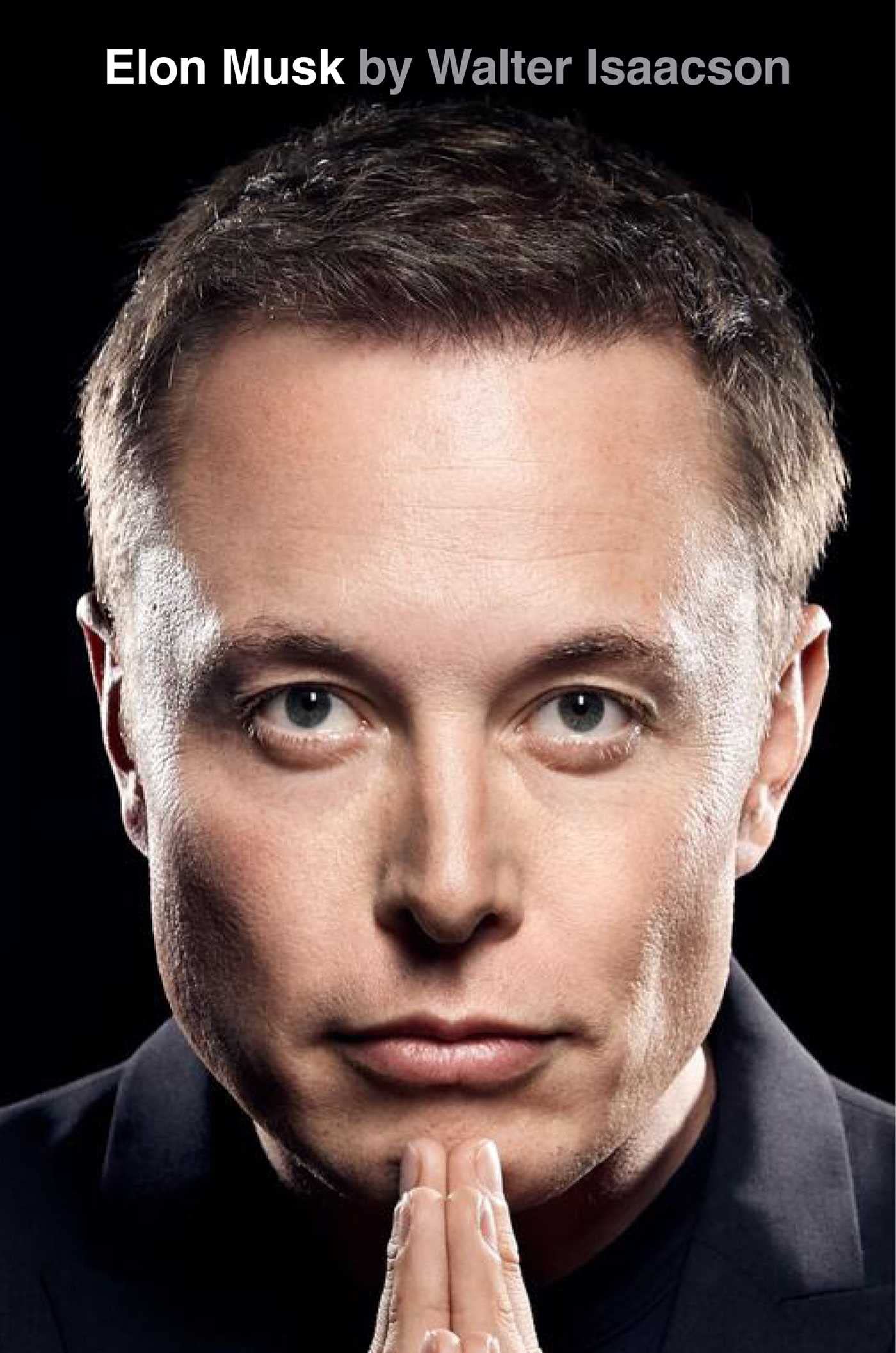33. Private Space
byPrivate Space exploration took a significant turn in the period between 2009 and 2010, with SpaceX playing a central role in the evolution of commercial space travel. The company, led by Elon Musk, began its pivotal collaboration with NASA to provide supply missions to the International Space Station (ISS). This partnership marked a milestone for private space exploration, pushing SpaceX to develop a more powerful rocket than the Falcon 1. The result was the Falcon 9, a formidable rocket powered by nine Merlin engines and standing at a towering 157 feet. The development of the Falcon 9 represented a monumental leap in terms of both technical capabilities and logistical challenges, as it was designed to carry much heavier payloads and operate more efficiently.
In addition to the Falcon 9, SpaceX was tasked with creating a compatible space capsule that could transport cargo, and potentially humans, to the ISS. This led to the birth of Dragon, a spacecraft that would go on to be one of the most iconic symbols of SpaceX’s technological prowess. The Dragon capsule’s design was crucial in establishing SpaceX as a major player in the private space sector, as it demonstrated the company’s ability to build not only rockets but also reliable cargo and crew vehicles for long-duration space missions. The achievement of creating both the Falcon 9 and Dragon capsule solidified SpaceX’s reputation as a leader in the evolving private space race.
SpaceX’s ambitions extended beyond technical innovations; it also required the creation of a more practical and scalable launch site. The company transitioned from the remote Kwajalein Atoll, choosing to set up operations at the Kennedy Space Center in Cape Canaveral. This shift was a strategic decision, giving SpaceX access to Launchpad 40, a site with a rich history of space exploration dating back to the Air Force’s Titan rockets. Under SpaceX’s management, the transformation of this pad was marked by frugality and innovative thinking. Engineer Brian Mosdell led the effort to upgrade the launch site by finding cost-effective materials and employing methods that dramatically reduced costs while maintaining a high standard of reliability and safety. This approach was in line with Musk’s vision of radically rethinking the traditional processes that governed the aerospace industry, helping SpaceX make space travel more affordable and efficient.
The challenges and progress made during this period not only involved technical and logistical innovations but also engaged the political and regulatory landscapes of space exploration. President Barack Obama’s administration saw growing advocacy for increased private sector involvement in space travel, with figures like Lori Garver pushing for greater support of companies like SpaceX. This shift towards privatization, however, was met with mixed reactions within NASA and the broader aerospace community, setting the stage for a complex and ongoing debate about the role of private companies in space exploration. SpaceX’s journey during these years exemplifies the challenges that come with pioneering in such an ambitious field and highlights the company’s resilience and drive to push the boundaries of what private companies could achieve in space.
The transformation that SpaceX underwent during this period not only showcased the company’s ability to innovate in the field of rocket and capsule design but also underscored the broader evolution of the space industry. With each technical challenge they overcame and each political hurdle they navigated, SpaceX solidified its place as a key player in the privatization of space travel. Their work with NASA, the development of Falcon 9 and Dragon, and the transformation of Kennedy Space Center represented just the beginning of SpaceX’s ambitious goals to revolutionize space exploration. SpaceX’s growth through these formative years would ultimately lead to its domination in the commercial space industry, continuing to inspire future advancements in technology and space travel.


